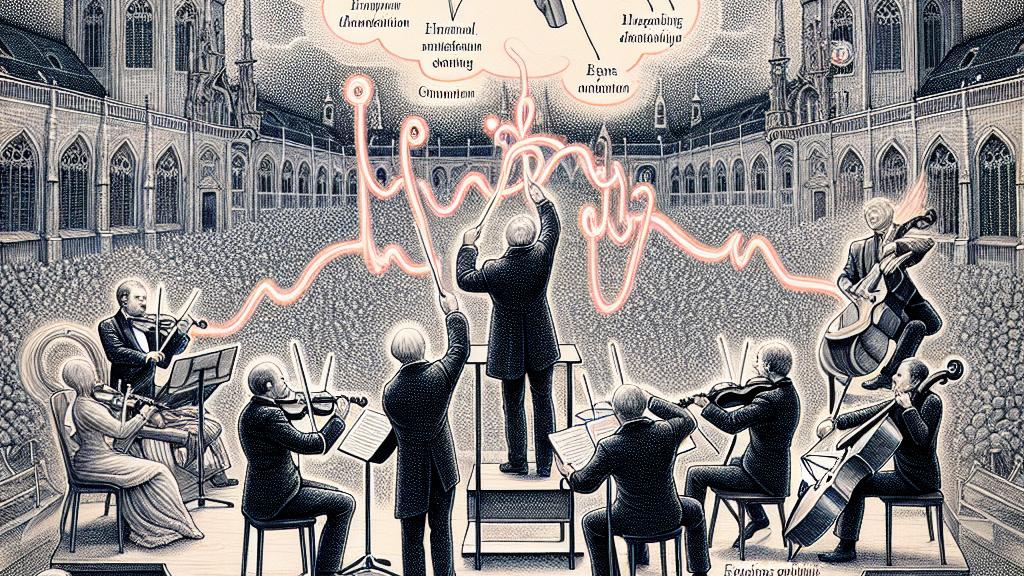The Four Neural Groups in the Brain During Meals
Overview
- A groundbreaking study reveals how the brain skillfully manages meal length.
- Four distinct groups of neurons activate in a fascinating relay while we eat.
- These insights hold the potential to reshape treatment strategies for eating disorders.

Unraveling the Brain's Meal Management
Recent research from Germany has significantly deepened our understanding of how the brain controls meal duration, a process essential for energy management and overall health. Every time we sit down to eat, our brain engages in a complex dance of neural activity. Just like a finely-tuned orchestra, where each musician plays their part to create harmony, four specific groups of neurons coordinate their actions during mealtime. The team at Friedrich Alexander University and Cologne University cleverly employed artificial intelligence techniques to monitor the electrical activities in mouse brains, particularly focusing on areas analogous to human hypothalamic structures. They found that these neuron groups sequentially activate like relay racers, sending crucial signals to dictate when our meal should begin and when it should conclude, all while battling the constant threat of overeating.
The Symphony of Neuronal Interaction
What makes this study not only pivotal but captivating is the underlying communication between these neuronal groups. Neurons operate like a team, with each having its unique rhythm—some fire rapidly while others take their time, similar to varying tempos in a music piece. The remarkable revelation here is that during the act of eating, food-related neurons synchronize their firing, allowing for a seamless and efficient exchange of information. For example, while neurons related to hunger may flash erratically, those involved in controlling food intake align their rhythms perfectly, ensuring that they can respond promptly to fluctuations in blood sugar levels and hunger hormones. This synchronization paints a vivid picture of how our brain manages to regulate appetite with astounding precision, orchestrating everything from our desire for dessert to the signals telling us to stop eating.
Transformative Potential for Eating Disorders
The implications of these findings stretch far beyond basic neuroscience; they encapsulate the potential to revolutionize treatment for eating disorders. Visualize a future where we can enhance communication among these critical neuron groups—using non-invasive techniques, such as magnetic vibrations, to boost interactions could be a game-changer. This approach could lead to innovative treatments for individuals grappling with anorexia or binge eating disorder, helping them regain mastery over their eating habits. By directly addressing the neural circuits that govern hunger and satiety, we could pave the way for effective therapies. This research not only enhances our comprehension of brain functions but also ignites hope for those affected by eating disorders, presenting a vision of future strategies that arise from understanding the brain's intricate networks.

Loading...